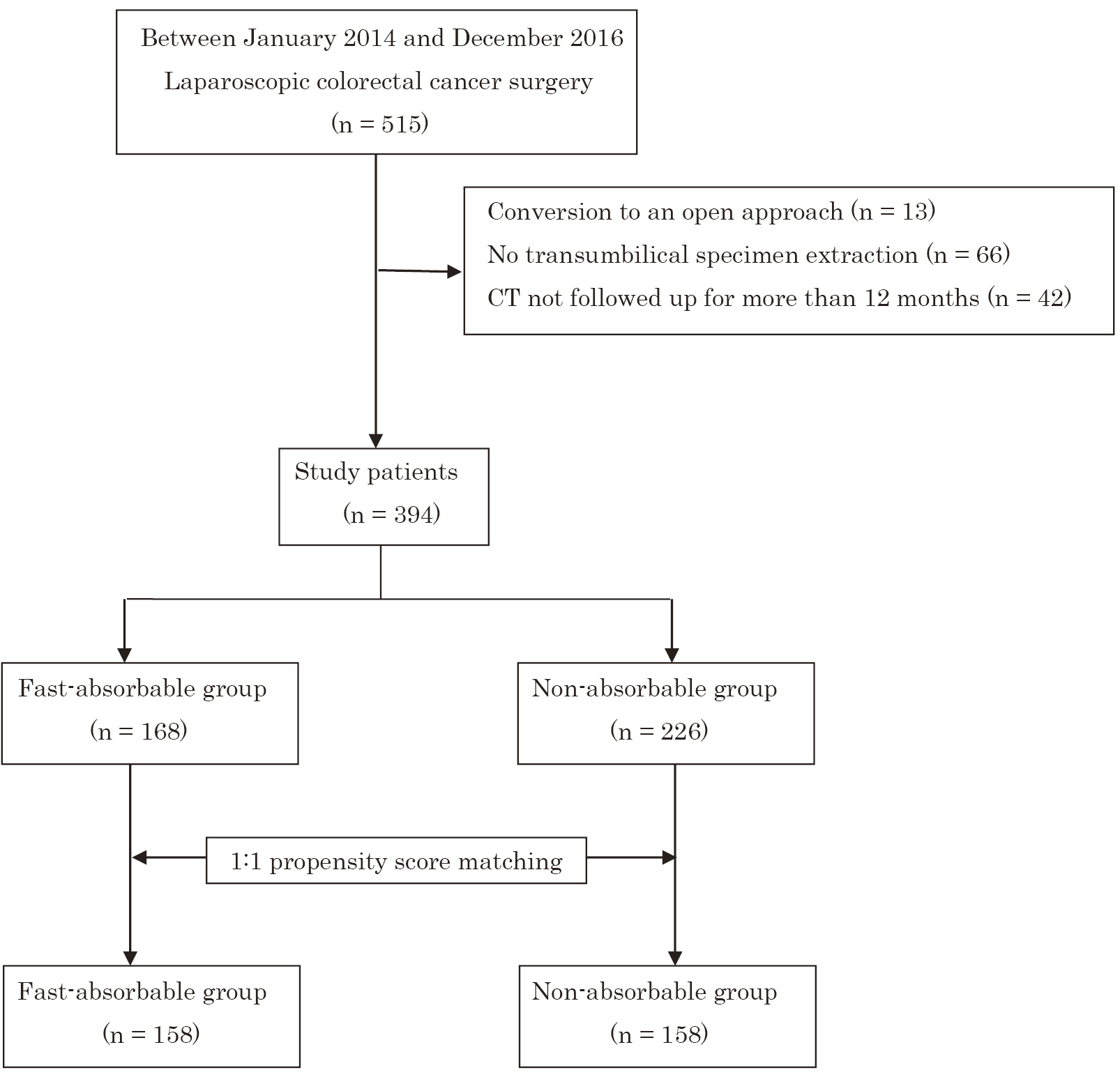- J-STAGE home
- /
- Journal of the Anus, Rectum an ...
- /
- Volume 5 (2021) Issue 1
- /
- Article overview
-
Akira Iwaya
Department of Digestive Surgery, Niigata City General Hospital
-
Toshiyuki Yamazaki
Department of Digestive Surgery, Niigata City General Hospital
-
Hitoshi Kameyama
Department of Digestive Surgery, Niigata City General Hospital
-
Hiroaki Uehara
Department of Digestive Surgery, Niigata City General Hospital
-
Motoharu Hirai
Department of Digestive Surgery, Niigata City General Hospital
-
Masaru Komatsu
Department of Digestive Surgery, Niigata City General Hospital
-
Akira Kubota
Department of Digestive Surgery, Niigata City General Hospital
-
Tomohiro Katada
Department of Digestive Surgery, Niigata City General Hospital
-
Kazuaki Kobayashi
Department of Digestive Surgery, Niigata City General Hospital
-
Daisuke Sato
Department of Digestive Surgery, Niigata City General Hospital
-
Naoyuki Yokoyama
Department of Digestive Surgery, Niigata City General Hospital
-
Shirou Kuwabara
Department of Digestive Surgery, Niigata City General Hospital
2021 Volume 5 Issue 1 Pages 46-51
- Published: January 28, 2021 Received: September 17, 2020 Available on J-STAGE: January 28, 2021 Accepted: October 25, 2020 Advance online publication: - Revised: -
(compatible with EndNote, Reference Manager, ProCite, RefWorks)
(compatible with BibDesk, LaTeX)


